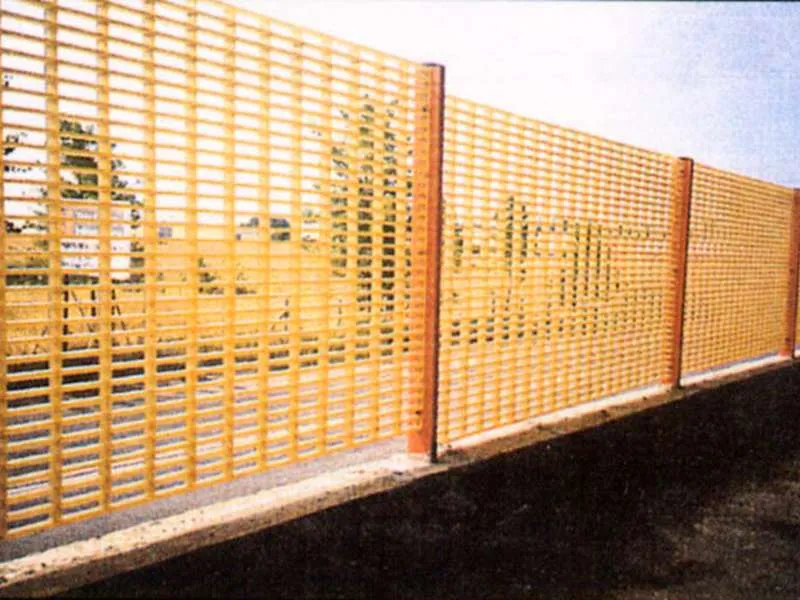
-
 Afrikaans
Afrikaans -
 Albanian
Albanian -
 Amharic
Amharic -
 Arabic
Arabic -
 Armenian
Armenian -
 Azerbaijani
Azerbaijani -
 Basque
Basque -
 Belarusian
Belarusian -
 Bengali
Bengali -
 Bosnian
Bosnian -
 Bulgarian
Bulgarian -
 Catalan
Catalan -
 Cebuano
Cebuano -
 China
China -
 China (Taiwan)
China (Taiwan) -
 Corsican
Corsican -
 Croatian
Croatian -
 Czech
Czech -
 Danish
Danish -
 Dutch
Dutch -
 English
English -
 Esperanto
Esperanto -
 Estonian
Estonian -
 Finnish
Finnish -
 French
French -
 Frisian
Frisian -
 Galician
Galician -
 Georgian
Georgian -
 German
German -
 Greek
Greek -
 Gujarati
Gujarati -
 Haitian Creole
Haitian Creole -
 hausa
hausa -
 hawaiian
hawaiian -
 Hebrew
Hebrew -
 Hindi
Hindi -
 Miao
Miao -
 Hungarian
Hungarian -
 Icelandic
Icelandic -
 igbo
igbo -
 Indonesian
Indonesian -
 irish
irish -
 Italian
Italian -
 Japanese
Japanese -
 Javanese
Javanese -
 Kannada
Kannada -
 kazakh
kazakh -
 Khmer
Khmer -
 Rwandese
Rwandese -
 Korean
Korean -
 Kurdish
Kurdish -
 Kyrgyz
Kyrgyz -
 Lao
Lao -
 Latin
Latin -
 Latvian
Latvian -
 Lithuanian
Lithuanian -
 Luxembourgish
Luxembourgish -
 Macedonian
Macedonian -
 Malgashi
Malgashi -
 Malay
Malay -
 Malayalam
Malayalam -
 Maltese
Maltese -
 Maori
Maori -
 Marathi
Marathi -
 Mongolian
Mongolian -
 Myanmar
Myanmar -
 Nepali
Nepali -
 Norwegian
Norwegian -
 Norwegian
Norwegian -
 Occitan
Occitan -
 Pashto
Pashto -
 Persian
Persian -
 Polish
Polish -
 Portuguese
Portuguese -
 Punjabi
Punjabi -
 Romanian
Romanian -
 Russian
Russian -
 Samoan
Samoan -
 Scottish Gaelic
Scottish Gaelic -
 Serbian
Serbian -
 Sesotho
Sesotho -
 Shona
Shona -
 Sindhi
Sindhi -
 Sinhala
Sinhala -
 Slovak
Slovak -
 Slovenian
Slovenian -
 Somali
Somali -
 Spanish
Spanish -
 Sundanese
Sundanese -
 Swahili
Swahili -
 Swedish
Swedish -
 Tagalog
Tagalog -
 Tajik
Tajik -
 Tamil
Tamil -
 Tatar
Tatar -
 Telugu
Telugu -
 Thai
Thai -
 Turkish
Turkish -
 Turkmen
Turkmen -
 Ukrainian
Ukrainian -
 Urdu
Urdu -
 Uighur
Uighur -
 Uzbek
Uzbek -
 Vietnamese
Vietnamese -
 Welsh
Welsh -
 Bantu
Bantu -
 Yiddish
Yiddish -
 Yoruba
Yoruba -
 Zulu
Zulu
Benefits of Insulated FRP Covers for Enhanced Thermal Management and Durability
Insulated FRP Covers The Future of Energy Efficiency and Protection
In an era where energy efficiency and sustainability are paramount, industrial and commercial sectors are increasingly turning to innovative solutions to meet their needs. One such solution gaining prominence is insulated Fiber Reinforced Polymer (FRP) covers. These covers offer a unique combination of durability, insulation, and versatility, making them an ideal choice for various applications.
Understanding FRP
Fiber Reinforced Polymer (FRP) is a composite material made from a polymer matrix reinforced with fibers, typically glass or carbon. This material is renowned for its high strength-to-weight ratio, corrosion resistance, and durability. The introduction of insulation to FRP covers accentuates these properties, resulting in even greater performance benefits.
Insulated FRP covers are engineered with insulating materials integrated into their structure. This not only provides protection against environmental factors but also minimizes thermal conductivity, ensuring that temperatures remain stable within the covered space. This feature is particularly vital in industries where temperature control is critical, such as food processing, pharmaceuticals, and chemical manufacturing.
Benefits of Insulated FRP Covers
1. Energy Efficiency One of the standout advantages of insulated FRP covers is their ability to significantly reduce energy consumption. By minimizing heat loss or gain, these covers help maintain ideal temperatures, which translates into lower energy costs and improved operational efficiency. This is especially beneficial in facilities requiring climate control, where even minor temperature fluctuations can lead to increased energy bills.
2. Corrosion Resistance Unlike traditional materials such as metal, FRP covers do not corrode when exposed to chemicals and harsh environmental conditions. This property extends the lifespan of the covers and reduces maintenance costs, making them a cost-effective choice in industries where corrosive substances are prevalent.
3. Lightweight and Easy to Install FRP materials are considerably lighter than traditional construction materials, allowing for easier handling and installation. This factor not only reduces labor costs but also minimizes the need for heavy machinery during installation, further streamlining the process.
insulated frp covers

4. Customizable Design Insulated FRP covers can be tailored to meet specific needs. Various shapes, sizes, and insulation thicknesses can be designed based on the application's requirements. This customization ensures that businesses can find the perfect balance between protection and performance.
5. Enhanced Safety The use of insulated FRP covers enhances overall safety within industrial environments. They can provide necessary protection against exposure to hazardous materials and help in maintaining containment, which is crucial for compliance with safety regulations.
Applications of Insulated FRP Covers
Insulated FRP covers are versatile and can be utilized in a wide range of applications. In wastewater treatment facilities, they protect sensitive components and prevent heat loss, enhancing the efficiency of the treatment process. In refrigeration units, these covers help maintain the cold chain, ensuring that food and pharmaceuticals remain safe and effective.
Additionally, insulated FRP covers are particularly valuable in power generation facilities, where they protect equipment from extreme weather conditions while reducing energy consumption. Their unique properties make them suitable for outdoor applications where exposure to UV radiation and moisture is common.
Conclusion
As industries strive to become more energy-efficient and environmentally responsible, insulated FRP covers stand out as a superior solution for a diverse array of applications. Their combination of durability, lightweight nature, and superior insulation makes them an attractive option for businesses aiming to reduce costs and improve operational efficiency.
Investing in insulated FRP covers not only paves the way for enhanced performance and safety but also contributes to a more sustainable future. As technology advances, the potential for these innovative solutions continues to grow, promising even greater impacts across industries. Embracing such advancements today is essential for building a more energy-efficient and sustainable tomorrow.









